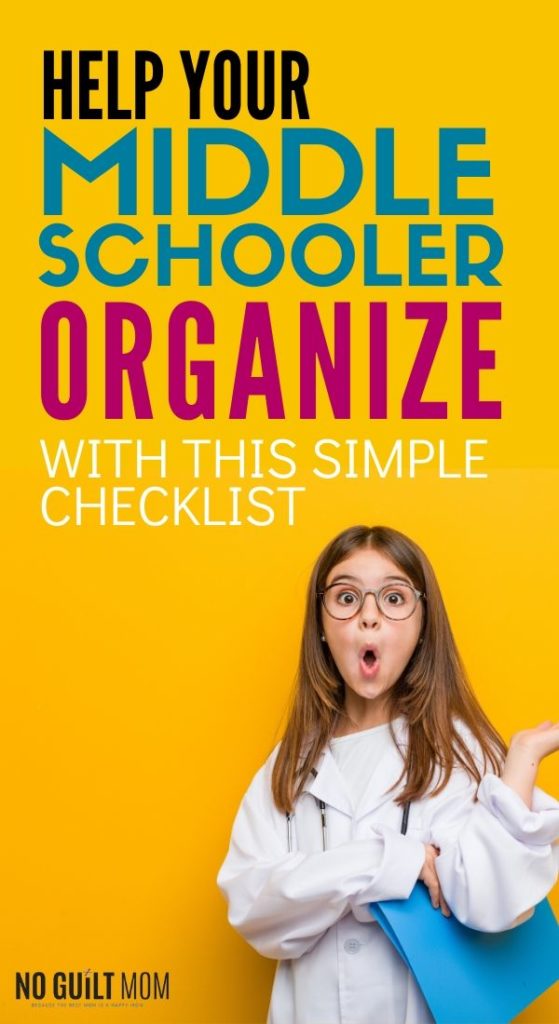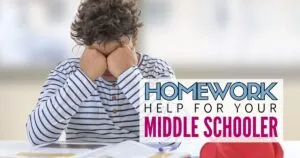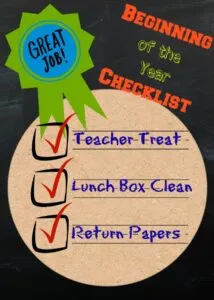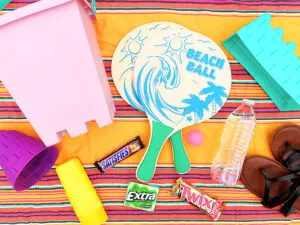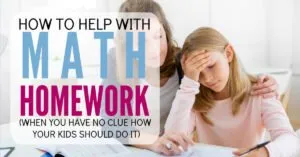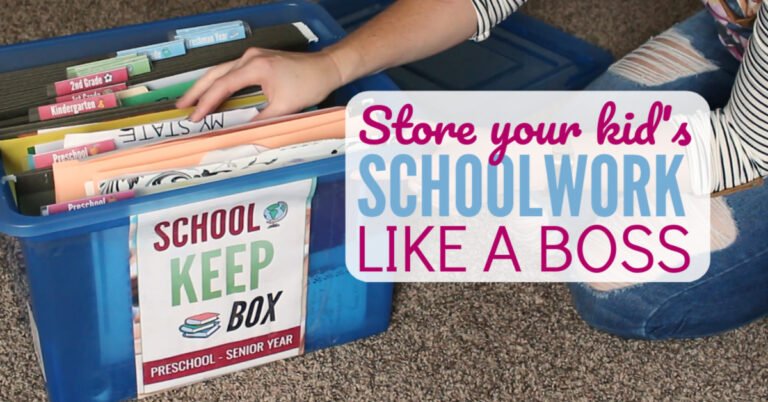How to Help Your Middle Schooler Organize with this Simple Checklist
Ready to set fire to your middle schooler’s backpack because of the mess? This easy middle school organization checklist will help.
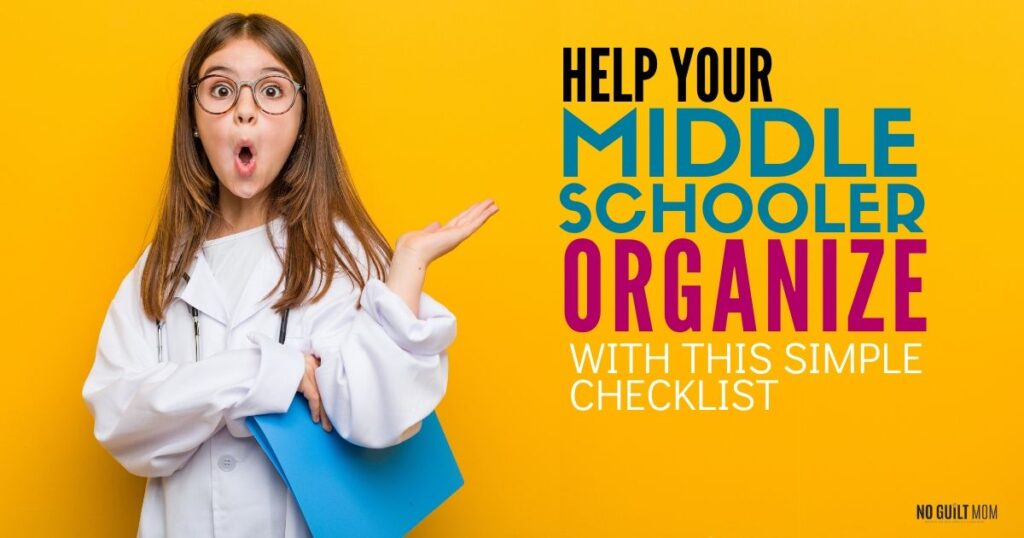
It’s 6pm on a Thursday and I get a frantic text from a friend. Her daughter goes to the same school as mine.
“Hey, does your daughter have the math test from 2 months ago? The teacher is letting Celina retake it but she can’t find it.”
“Yeah, hold on, let me ask her.”
My daughter does have the test – which she doesn’t hand over right away because she wants to know exactly why she needs it, what it will be used for… third-degree basically.
Satisfied with all my answers, she opened her binder to the math section, pulls out the test and hands it to me.
“Thanks,” my friend texts back, “I don’t know what Celina did with it.”
Where did that paper go?
Frankly, at that age, I don’t know what I would have done with a test from two months ago either.
I had no organizational system as a kid. Instead, I stuffed papers into my backpack and then panicked when I couldn’t find them later.
Yes, I had a binder. I had notebooks. But I didn’t know how to organize them.
I stuffed assignments in the pockets – sometimes not even taking time to open the binder. I would shove it in through the top, zip up my backpack and head to my next class.
When I got home, I ignored the mess in my backpack. It was too overwhelming. Plus, I didn’t know what I would do differently if I opened it.
Read: Overwhelmed? Homework Help for Your Middle School Student
Most middle schoolers have NO CLUE how to organize
It’s not something we’re taught in school. Organization is something that some people are naturally gifted in and others are not.
Not true!
You can help your middle school become more organized by taking this little baby step.
Read: Organize Your Kid’s School Papers like a BOSS
Teach your kids how to organize and maintain a binder
In my course for kids, Homework Mastery, I teach kids how to do a binder run every night.
All they need is a binder with tab dividers for each subject – one for math, one for social studies and so forth. It looks like this:
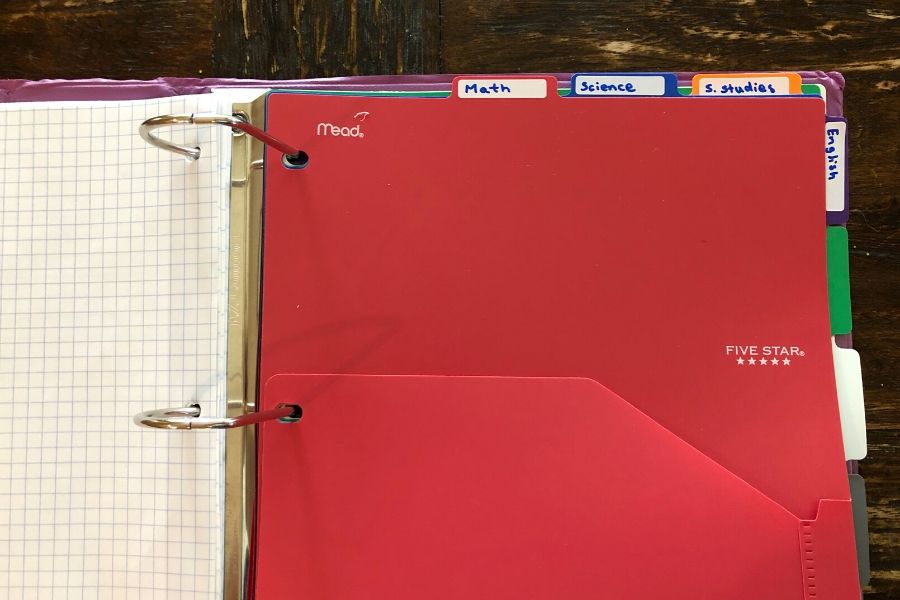
During the school day, kids don’t have the time to organize. They’re running from math the science trying to make it in the three-minute passing period. It’s unrealistic to ask middle schoolers to stay organized there.
That’s why they need the binder run.
The binder run is easy to remember because organization is a FACT.
It’s a FACT that it maintains your sanity.
It’s a FACT that it helps them find things easier.
And its a FACT that not having to find a test from 2 months ago will add years to your life.
Here’s what it stands for.
F is for file your notes.
Filing notes make sense for kids. They know they’ll need their notes later and they want a place to put them.
Take this step and put all notes behind the appropriate tabs.
A is for assignments
You know how I used to stuff all the papers in my binder and not know what to do with them? This step ALONE would have changed my life.
Your child will take all the loose note papers out of their backback and file them behind the appropriate section of their binder.
- Hole punch that math test and put it behind the math tab.
- Open up those binder rings and place the social studies worksheet on Cairo there.
- Take that lab writeup and put it behind Science.
C is check for signatures.
Those permission slips that get signed last minute.
Those enrollment forms that get missed.
No longer a problem when mentally checking off C.
Your child should ask themselves, “Is there anything I need signed?”
If the answer is no, move on. If yes, now at least there is a mental check for it.
T is turned in.
I like kids to designate a pocket in their folder for stuff that needs to be turned in.
It’s called the Attention folder. If something is in this pocket, IT NEEDS YOUR ATTENTION.
Here’s the kicker. Nothing can stay in the Attention folder for more than 24 hours.
If it needs to get filed, file it.
For stuff that needs to be turned in, this is what they should check at the beginning of each class.
- complete assignments
- permission forms that were just signed
- ticket order forms for the Halloween dance.
It all goes here.
This will take time to make a habit.
You can get the Binder Run checklist as a part of our Homework Mastery course here.
Ask your child to set an alarm in the house (or on their phone if they have one) with a reminder to do a binder run each day.
When you hear the ding, follow up with them to make sure they did it.
This follow-up by you is only temporary. After a month, your child should have the Binder Run down.
Just think, no more frantic search sessions trying to find a missing math test. Every assignment will be perfectly organized behind it’s specific tab. That’s the goal
If you want to help your child gain more ownership in homework, I suggest my course Homework Mastery. Not only will they up their organization game, but they’ll also:
- Plan for long-term assignments – hello Science Fair.
- Takes notes they can study from effectively
- Learn how to approach teachers for help – so many kids refuse to ask for help!
